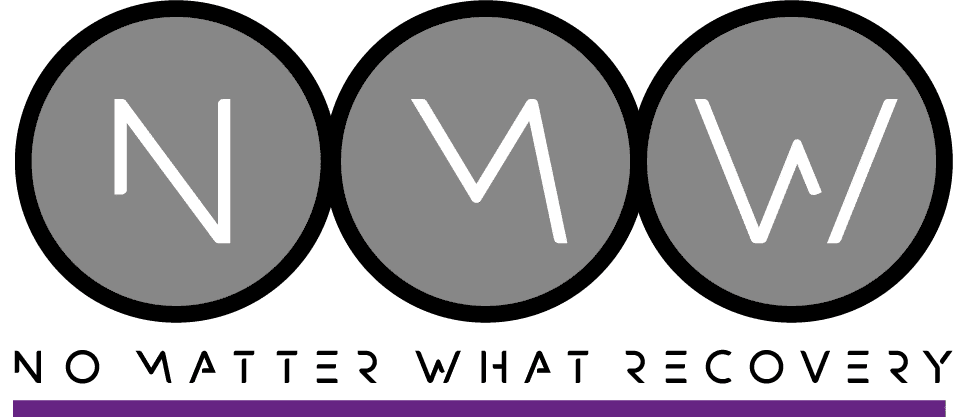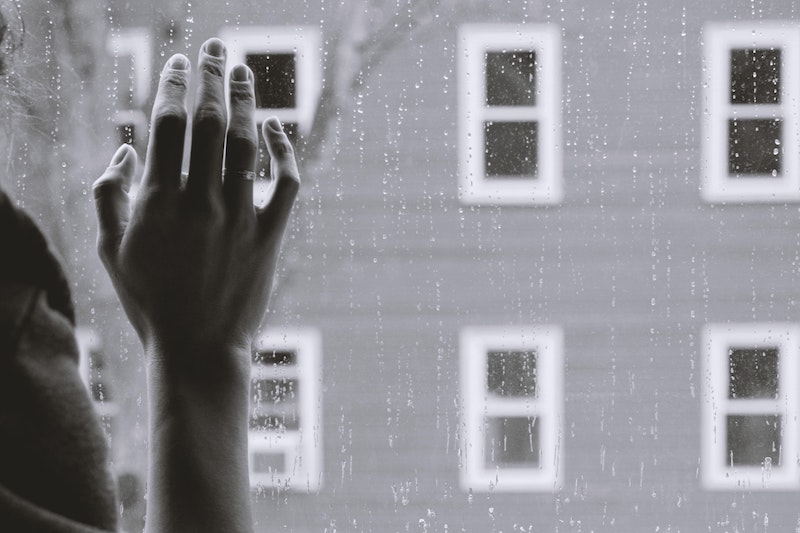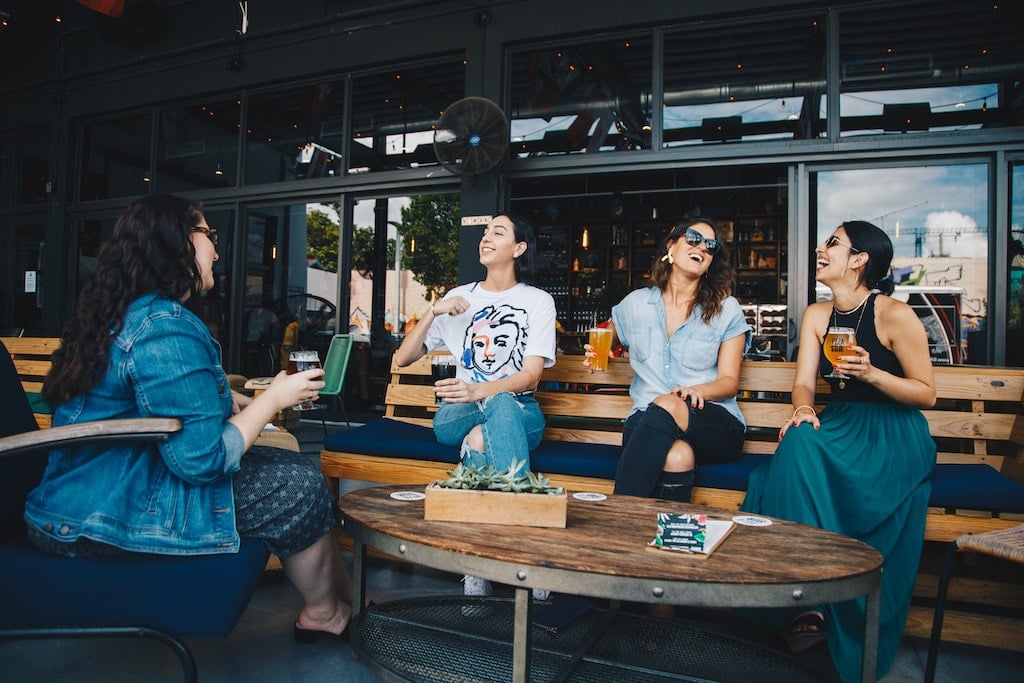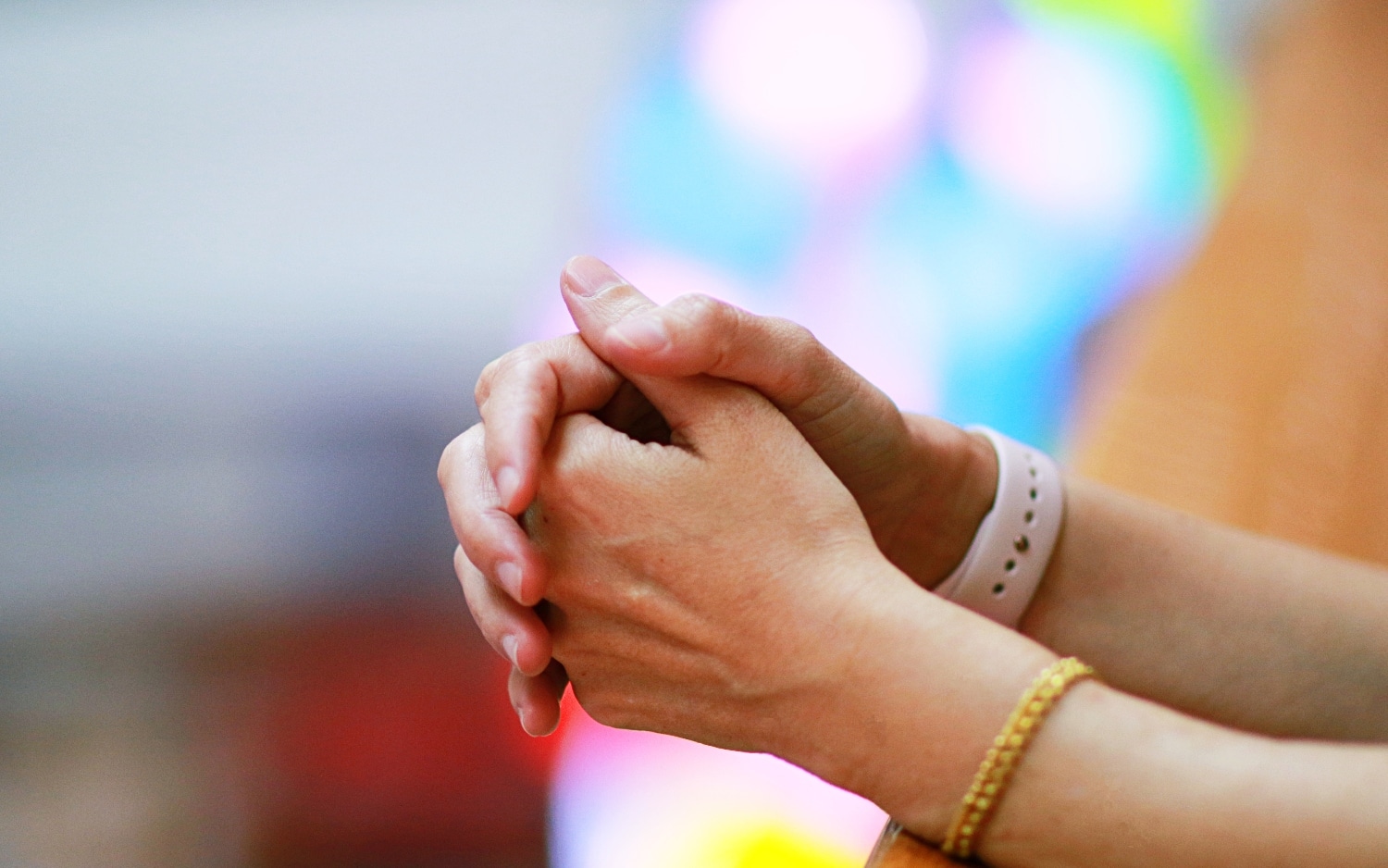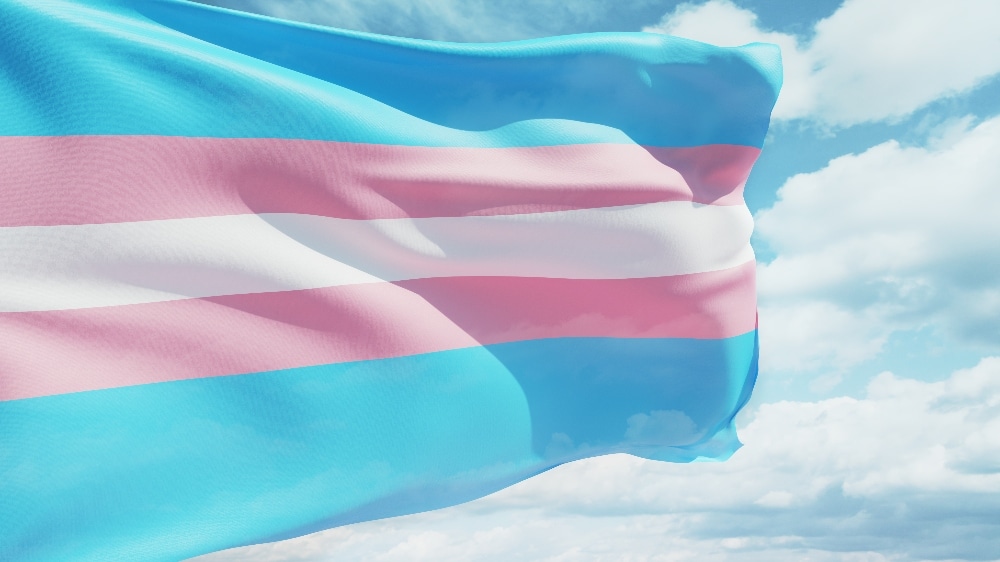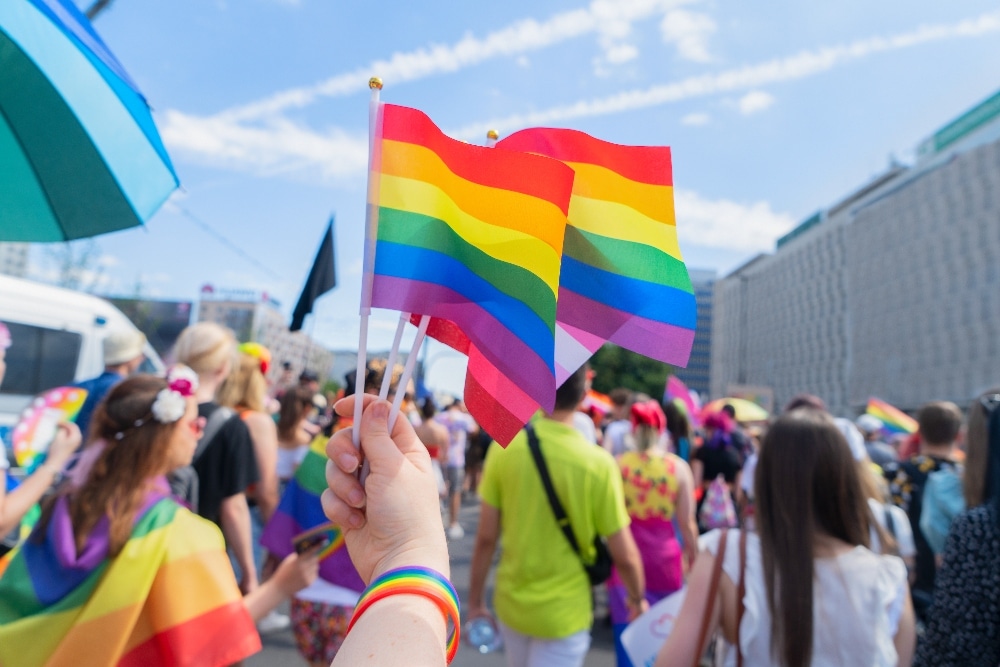What Is Internalized Homophobia?
Internalized homophobia occurs when LGBTQ+ individuals internalize and direct negative attitudes about same-sex relationships or non-traditional gender identities toward themselves. It’s essentially when the aversion, fear, or hatred that exists in society becomes turned inward, affecting how gay people, lesbian women, bisexual persons, and transgender people view themselves and their own identity.
This internalization process often begins in childhood and adolescence, when sexual minorities absorb the values and attitudes of their surrounding culture. The term heterophobia is sometimes incorrectly used as an alternative term to describe fear of heterosexual people, but this misunderstands the power dynamics at play in society where prejudice against lesbians, gay men, bisexual women, and other queer people remains prevalent.
Many LGBTQ+ individuals grow up in environments where homophobic or heterosexist attitudes are prevalent, whether in their families, extended families, schools, religious communities, or broader society. These prejudices and sexual prejudice can significantly impact homosexual identity formation. As children develop, they learn from parents, siblings, teachers, media figures, and other influential sources, sometimes incorporating negative social attitudes about homosexuality and same-sex attraction into their own self-concept.
The Connection Between Internalized Homophobia and Substance Abuse
The association between internalized homophobia and substance abuse is significant and well-documented in comprehensive studies. Multiple statistical analyses with strong confidence intervals have identified internalized homophobia as a risk factor in higher rates of substance abuse and chemical dependency among sexual minorities.
Several important factors connect internalized homophobia to substance abuse, with structural equation models suggesting a partial mediation model:
1. Self-Medication for Psychological Distress
Research published in the Journal of Gay & Lesbian Psychotherapy explains that “substance use allows the expression of suppressed and repressed desires and needs and facilitates denial and dissociation” from painful feelings. Studies examining the internal consistency reliability of measures of internalized homophobia show high consistency in its association with depressive symptoms and suicidal ideation among sexual minorities.
Many LGBTQ+ individuals who struggle with self-acceptance may turn to substances to:
- Numb feelings of shame and self-loathing related to their sexual identities
- Temporarily escape from identity-related anxiety and stigma consciousness
- Cope with depression resulting from internalized negative beliefs
- Manage the stress of living with a stigmatized identity in interpersonal relationships
The CDC’s research on health disparities among LGBTQ+ youth found that stigma in many forms, “such as discrimination, harassment, family disapproval, social rejection, and violence” puts LGBTQ+ individuals at increased risk for negative health outcomes, including unhealthy behaviors like substance use.
2. Minority Stress and Its Effects
Meyer’s minority stress model posits that discrimination, internalized homophobia, and social stigma can create a hostile and stressful social environment for LGBTQ+ adults that contributes to mental health problems, including substance use disorders. Factor loadings from confirmatory factor analysis in multiple studies support this model. According to research published in Substance Abuse Treatment, Prevention, and Policy, “LGBTQ+ people may use substances to cope with unique interpersonal and structural stressors like family rejection, internalized homophobia, anti-LGBTQ+ policies, and healthcare discrimination”.
A study from the National Institutes of Health found that “risk of SUD is particularly elevated in the absence of social support and affirming healthcare and with the presence of LGBTQ+-related discrimination and stigma”. The negative impact of homophobia on relationship quality and homophobia on relationship strain has been well-documented in samples of lesbians and gay male couples.
The minority stress experienced by LGBTQ+ individuals includes:
- Everyday discrimination and microaggressions affecting sexual behavior
- Anticipation of rejection in lesbian relationships and gay male partnerships
- Hiding and concealing one’s sexual identity
- Internalized negative attitudes toward one’s own sexual orientation
3. Social and Community Factors
Social contexts and community norms can also influence substance use patterns among LGBTQ+ individuals:
- According to the CDC’s 2023 Youth Risk Behavior Survey, LGBTQ+ youth are at higher risk for substance use compared to their peers, with lesbian, gay, and bisexual high school students almost twice as likely to use illicit drugs as those who identify as heterosexual.
- Many LGBTQ+ social spaces have historically centered around bars and clubs where substance use is normalized.
- Gay community attachment has been linked with both internalized homophobia and drug use in research studies.
- Substance use may be connected to sexual contexts for some individuals, particularly in certain subcultures.
4. Trauma and Its Relationship to Substance Use
Many LGBTQ+ individuals experience traumatic events related to their sexual orientation or gender identity, which contributes to the cost of homophobia both personally and societally:
- Rejection by family members and extended family networks
- Bullying and harassment based on perceived sexual identities
- Hate crimes and violence targeting queer people
- Discrimination in healthcare, housing, and employment affecting bisexual persons and transgender people
A study from The Trevor Project reveals that regular alcohol, marijuana, or prescription drug misuse was associated with greater odds of reporting a suicide attempt, particularly among LGBTQ youth under the age of 21, with strong internal consistency reliability in the measures used to evaluate these relationships.
These experiences can lead to feelings of loneliness and anxiety, causing some individuals to turn to substances to help dull the pain. The resolution on homophobia adopted by many professional organizations recognizes that the relationship between trauma, internalized homophobia, and substance use creates a complex cycle that can be difficult to break without appropriate support.
Signs of Internalized Homophobia That May Lead to Substance Abuse
Internalized homophobia can manifest in various ways that may increase vulnerability to substance use problems, particularly in a sample of lesbians, gay men, and other sexual minorities:
warning signs may include:
- Persistent negative attitudes about one’s LGBTQ+ identity
- Avoiding other gay people, lesbian women, or bisexual persons
- Engaging in unhealthy behaviors as a form of self-punishment
- Experiencing shame or discomfort during intimate encounters and sexual behavior
- Excessive criticism of other queer people
- Difficulty forming secure interpersonal relationships
- High levels of stigma consciousness in social interactions
Treatment Approaches for LGBTQ+ Individuals with Substance Use Disorders
Effective treatment for LGBTQ+ individuals with substance use disorders should address both the addiction and the underlying internalized homophobia, with sensitivity to the unique needs of bisexual women, gay people, lesbian women, and transgender people:
LGBTQ+ Affirming Care
Affirming treatment environments:
- Acknowledge and validate diverse sexual identities
- Have staff trained in LGBTQ+ cultural competency with understanding of alternative terms
- Address unique factors affecting sexual minorities
- Create safe spaces free from prejudice against lesbians, gay men, and other LGBTQ+ individuals
Specialized Treatment Components
LGBTQ-specific treatment programs address important issues such as coping with coming out, confusion around sexual orientation and gender identity, internalized homophobia, societal stigma and discrimination, same-sex relationship dynamics, and the fusion of drugs and sex.
Effective treatment approaches often include:
- Individual therapy focused on identity integration and self-acceptance
- Group therapy with other LGBTQ+ individuals
- Family therapy when appropriate
- Trauma-informed care
- Treatment for co-occurring mental health disorders
- Community connection and peer support
Healing from Internalized Homophobia in Recovery
Recovery from substance use disorders for LGBTQ+ individuals often involves addressing internalized homophobia as a core component of treatment. According to research published in the Journal of Gay & Lesbian Psychotherapy, “Treatment of gay men and lesbians with substance use disorders will need to address the internalized homophobia as part of the recovery process”. At No Matter What Recovery, our trauma-informed approach helps individuals address and overcome internalized homophobia.
Key aspects of healing include:
1. Developing Self-Acceptance
Working toward self-acceptance for sexual minorities involves:
- Challenging negative internalized beliefs and prejudices
- Building a positive sense of identity for lesbian women, gay men, and bisexual persons
- Connecting with affirming communities that support queer people
- Learning to embrace one’s authentic sexual identities and gender expression
2. Processing Trauma and Shame
Therapeutic approaches with strong internal consistency reliability for helping queer people process trauma and shame related to their sexual identities may include:
- Cognitive-behavioral therapy to address negative attitudes about one’s sexuality
- EMDR (Eye Movement Desensitization and Reprocessing) for processing traumatic experiences
- Internal Family Systems therapy with demonstrated factor loadings for addressing core shame
- Group therapy with a sample of lesbians, gay men, or bisexual persons who share similar experiences
The cost of homophobia in terms of psychological harm can be substantial, affecting not only individual mental health but also indicators of relationship quality in intimate partnerships. Addressing these issues through evidence-based therapeutic approaches is essential for lasting recovery.
3. Building LGBTQ+ Community Connection
Developing connections with supportive LGBTQ+ communities can be transformative, as demonstrated in comprehensive studies showing statistical significance in outcomes:
- Finding sober LGBTQ+ social spaces and activities for gay people and lesbian women
- Connecting with LGBTQ+ support groups to reduce stigma consciousness
- Developing friendships with other sexual minorities in recovery
- Engaging with LGBTQ+ community organizations that have inclusive values
Research shows that these community connections can buffer the negative impact of homophobia on relationship strain and other psychological challenges faced by sexual minorities.
Overcome Addiction at No Matter What Recovery
The connection between internalized homophobia and substance abuse represents a critical area for understanding and addressing health disparities in the LGBTQ+ community. By recognizing how negative societal attitudes become internalized and contribute to substance use, we can develop more effective, affirming approaches to treatment and recovery.
Healing involves not only addressing substance use but also working through the underlying shame, trauma, and negative self-concepts that often accompany internalized homophobia. With appropriate support, LGBTQ+ individuals can build a foundation for recovery that includes both sobriety and a healthy, integrated sense of identity, with improved indicators of relationship quality and mental health outcomes.
If you or a loved one are struggling with a substance use disorder, get in touch with No Matter What Recovery. Our LGBTQ+ informed facility is dedicated to providing individuals with a safe environment to overcome the challenges of addiction.

Mell McCracken, CADC-II, ASAT, RAE
Mell McCracken is the Executive Director of No Matter What Recovery, serving as the leader of the clinical treatment program and overseeing our sexualized drug use curriculum.
Mell is nationally and internationally recognized as an LGBT+ educator, co-author, and treatment provider. They also serve as faculty member at the International Institute of Trauma and Addiction Specialists. They are committed to uplifting voices and breaking stigmas, one conversation at a time, and have spent their career fighting for inclusivity and empowerment through chemsex education and LGBT+ activism.
